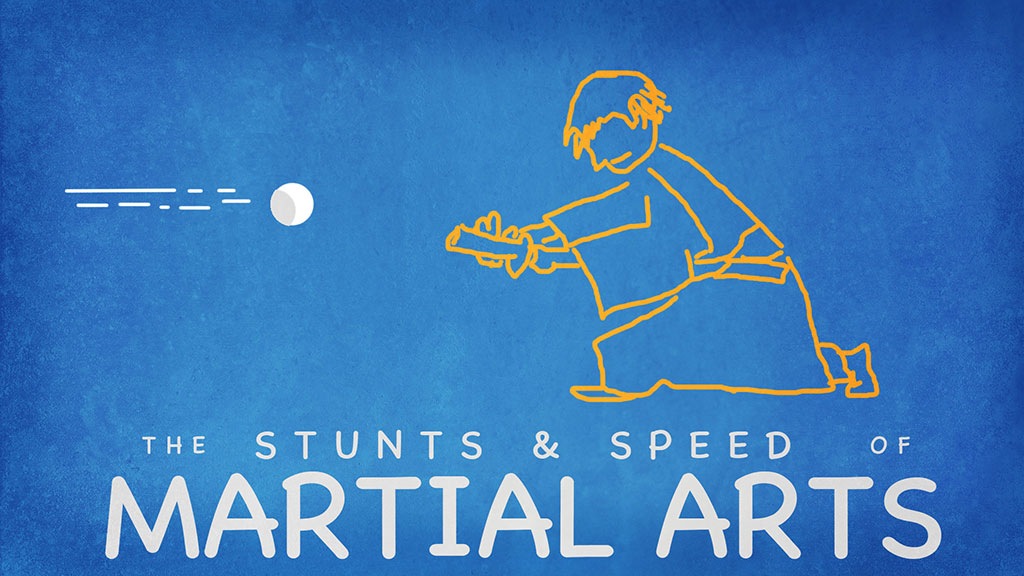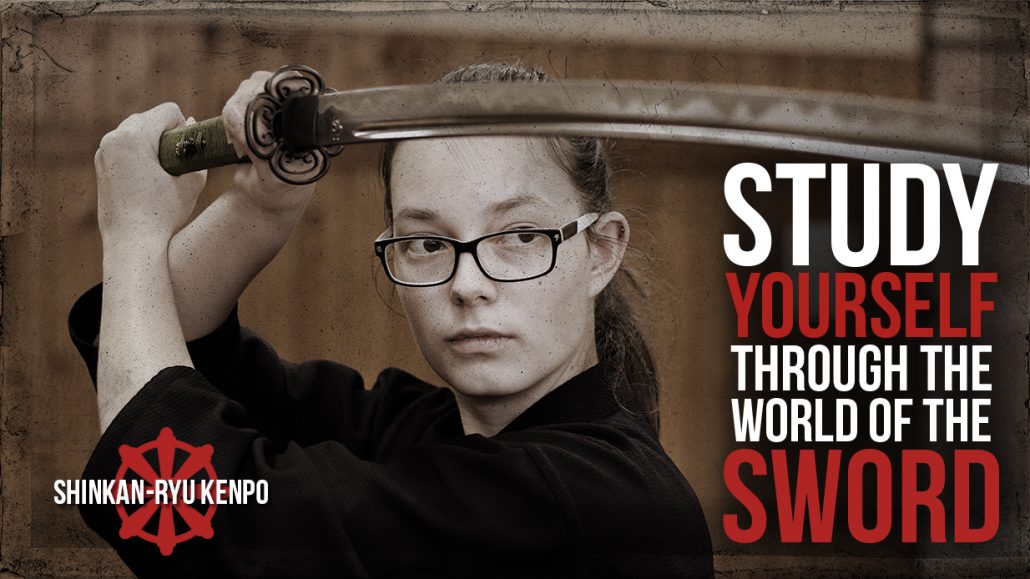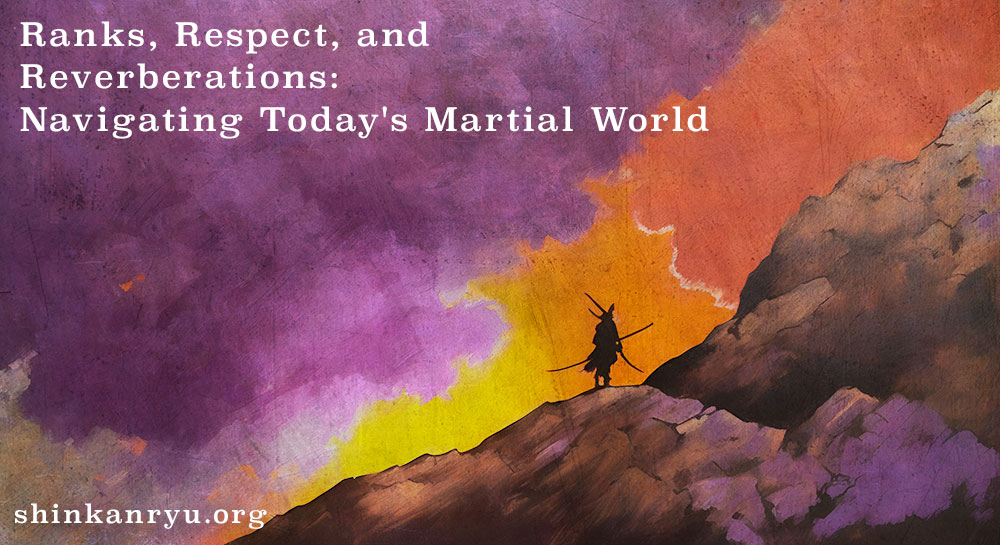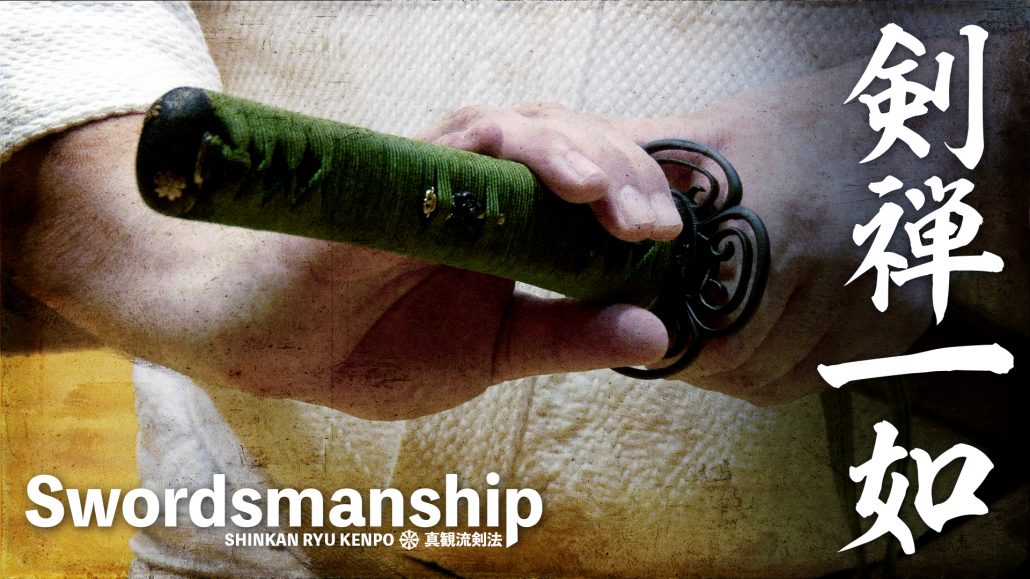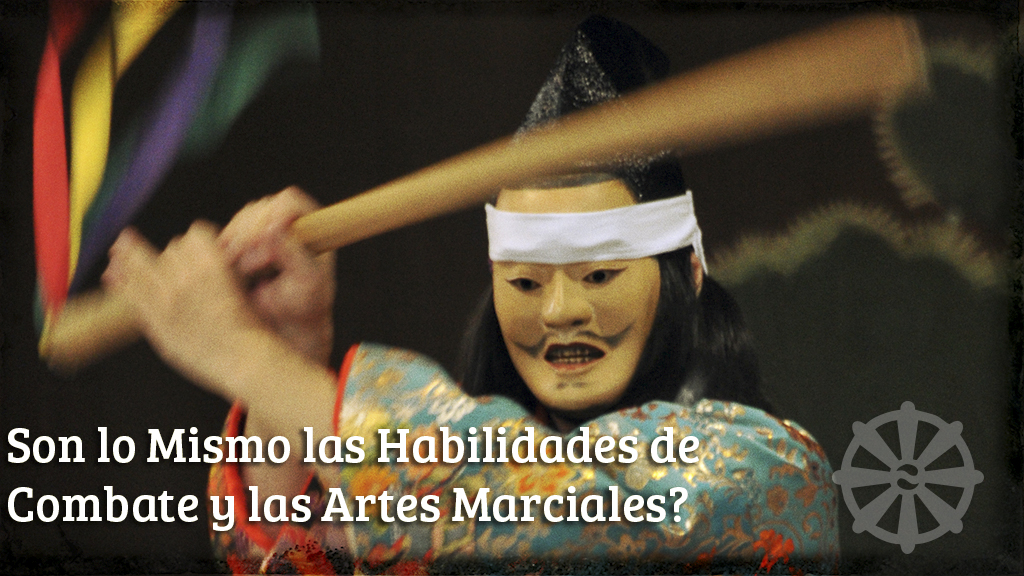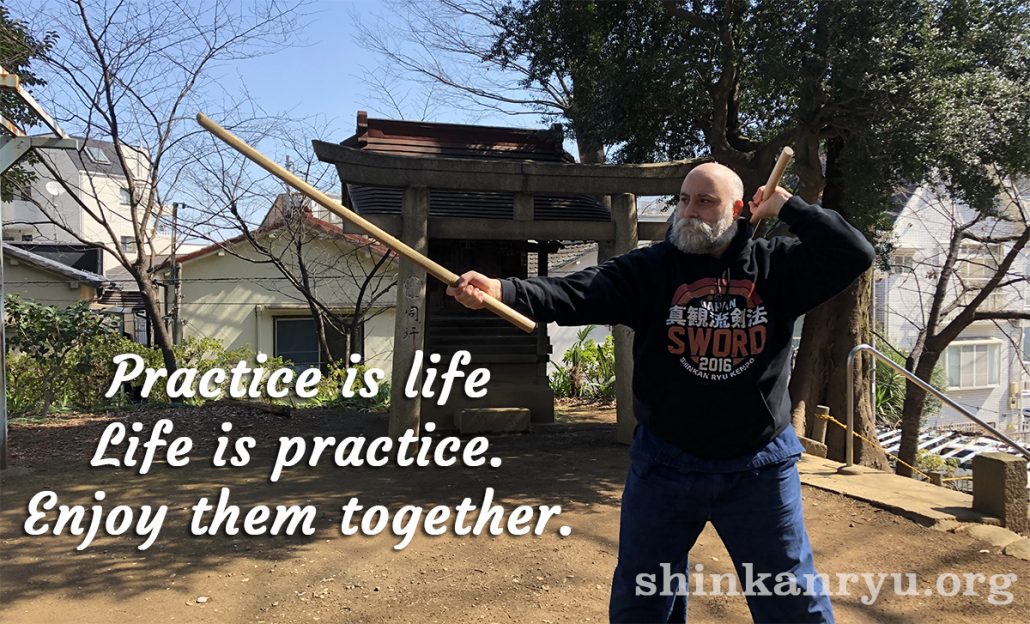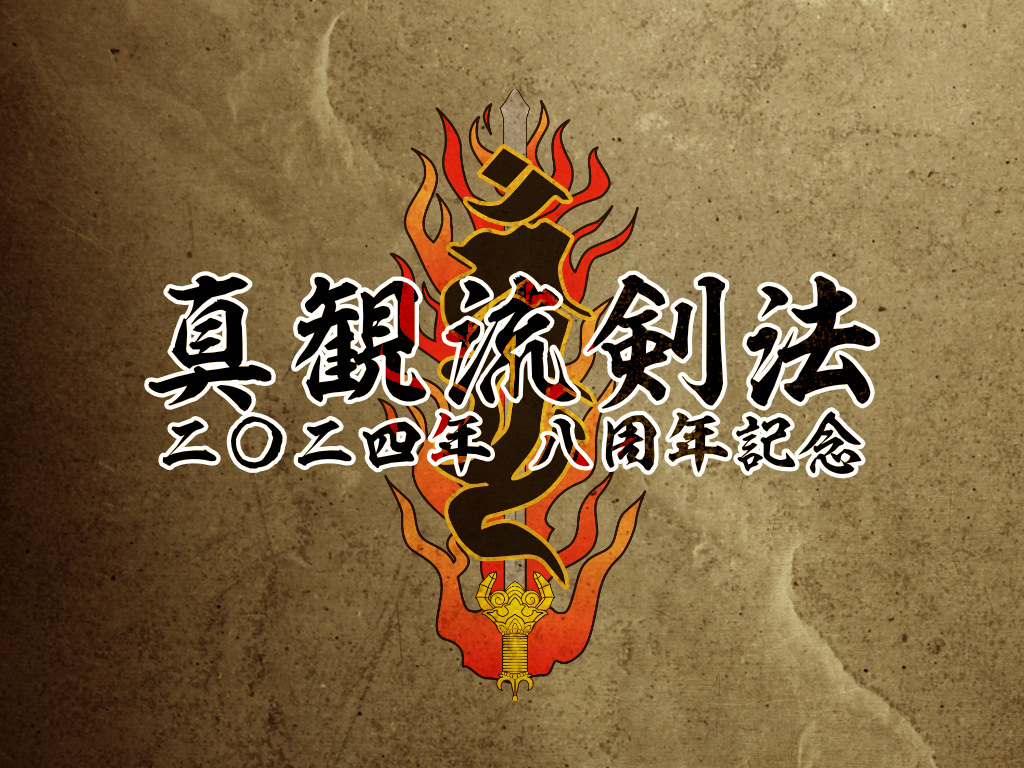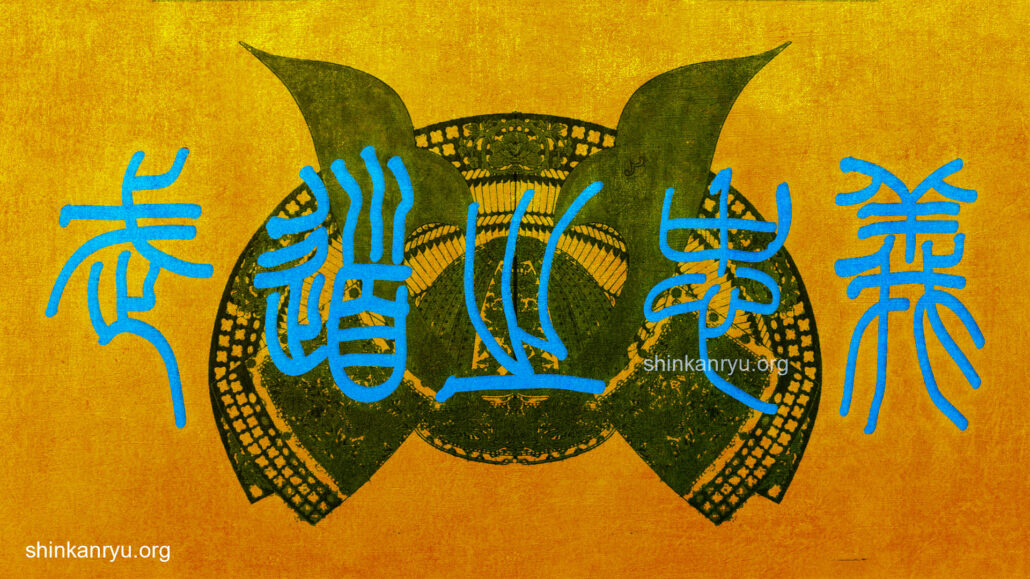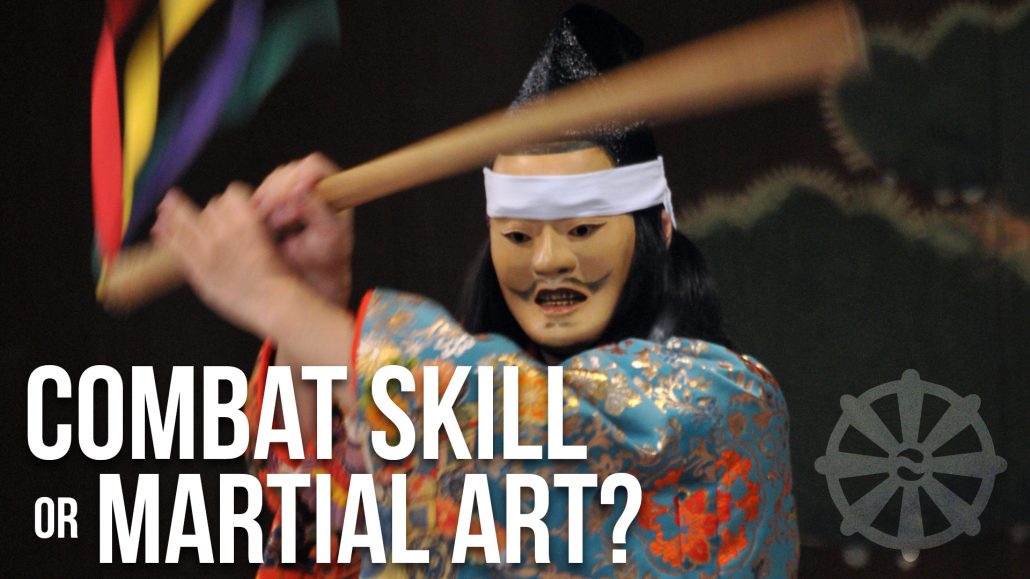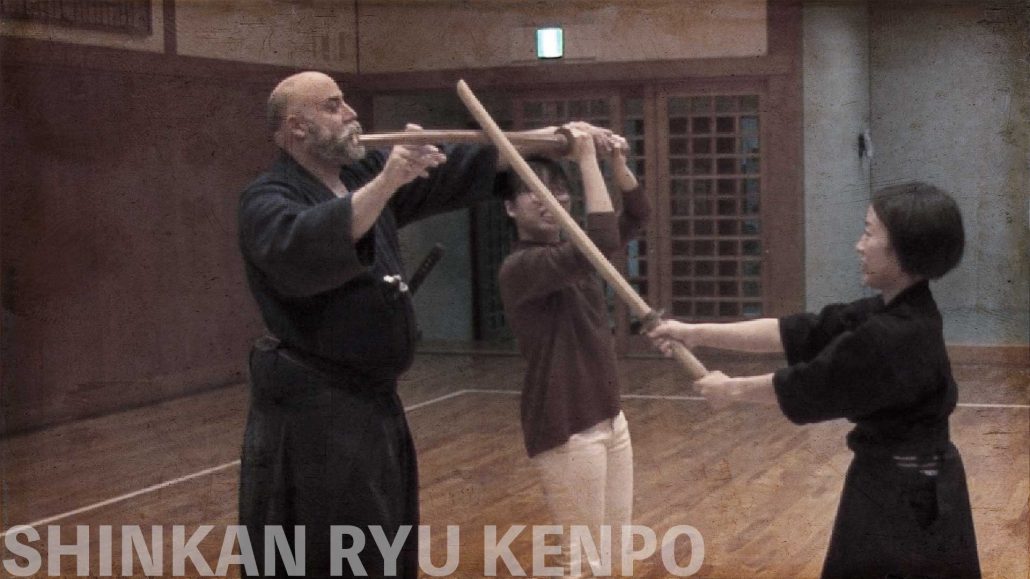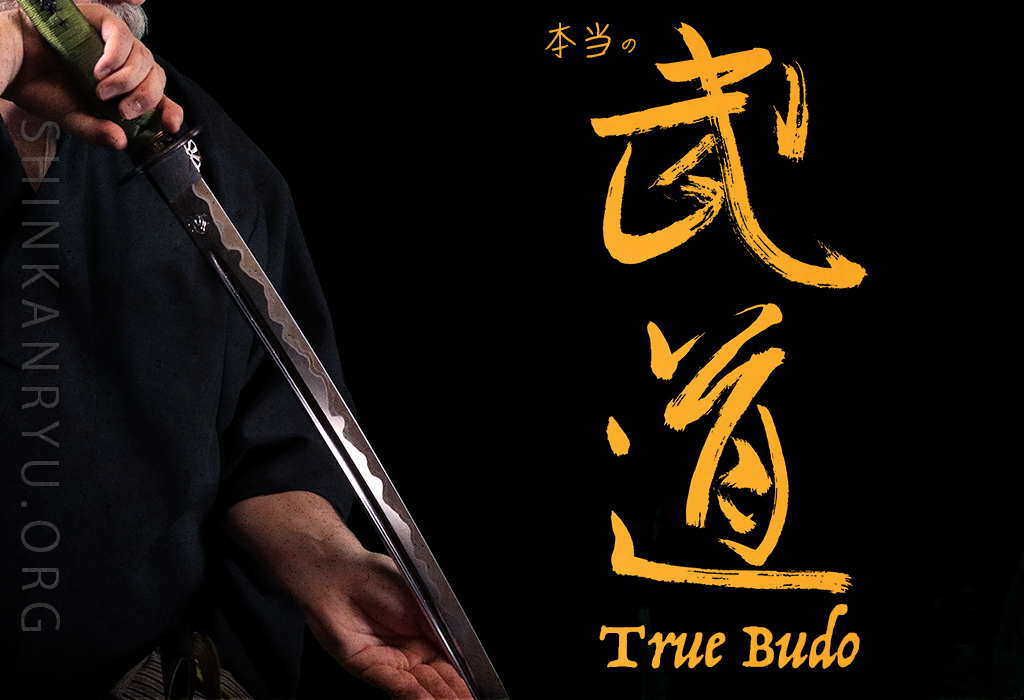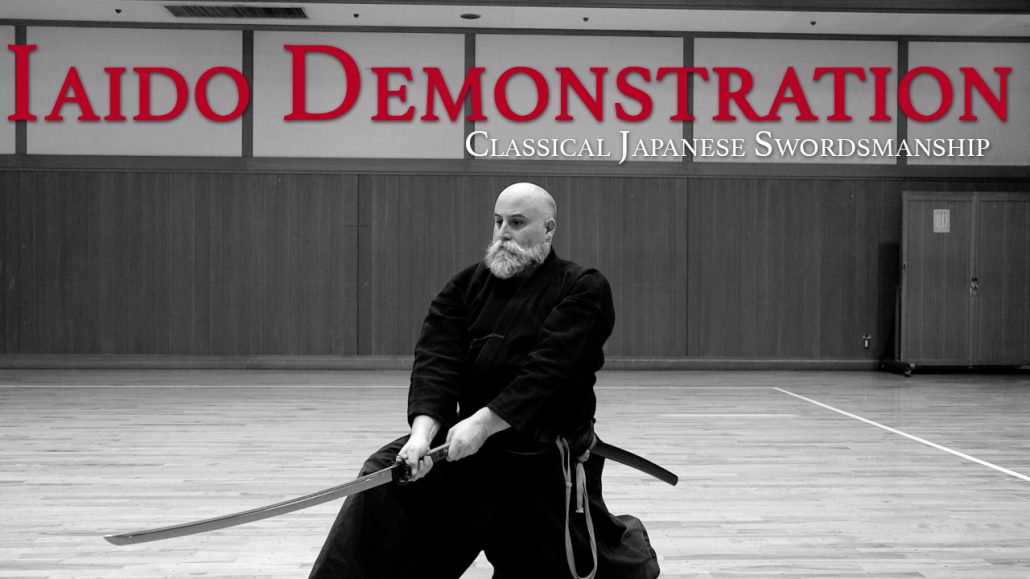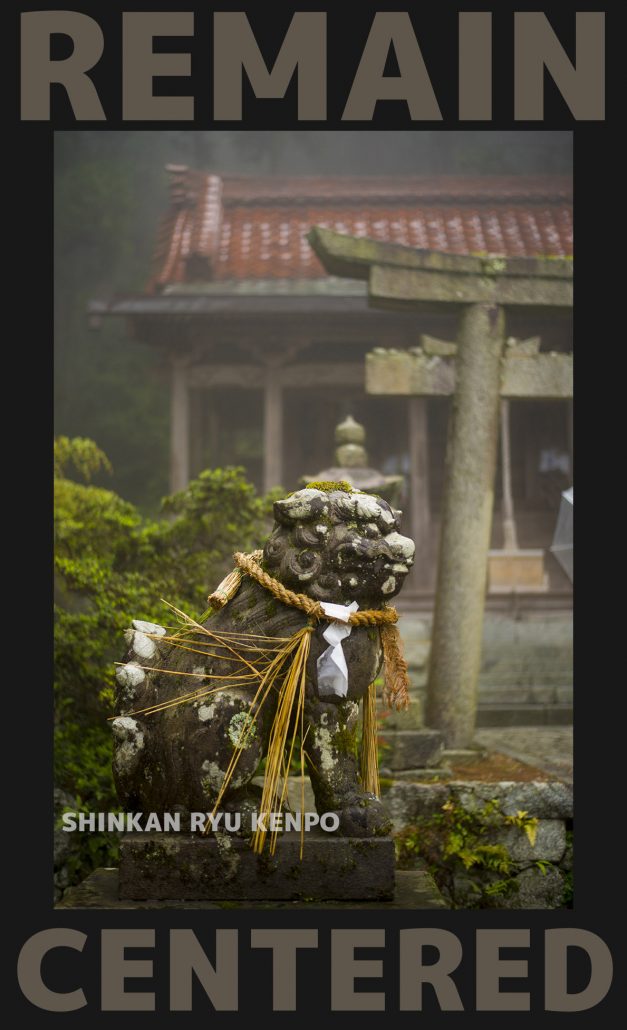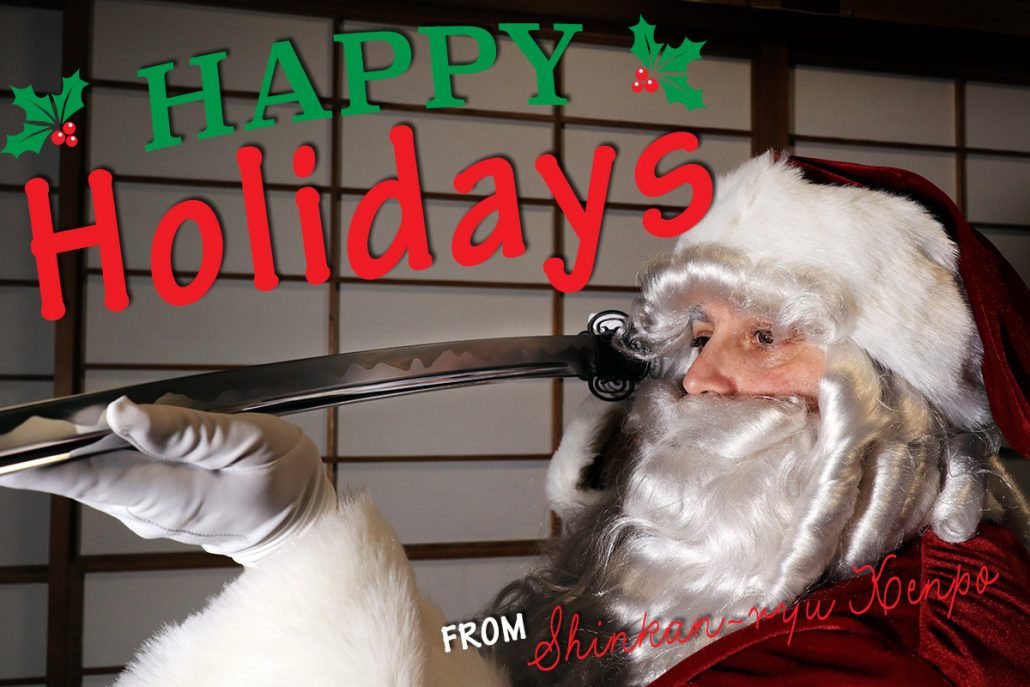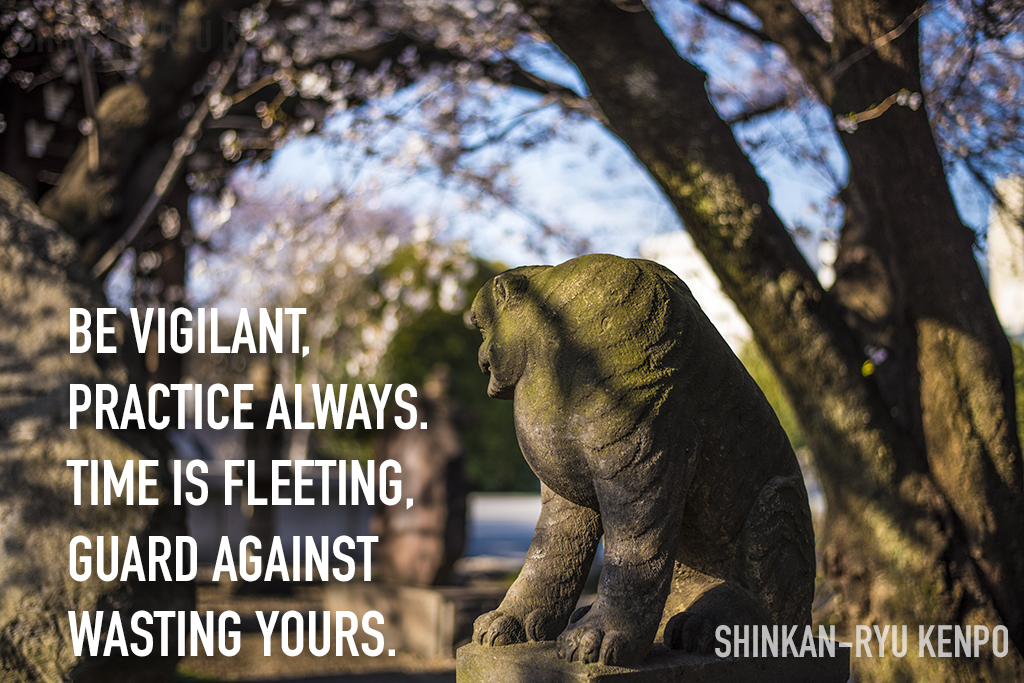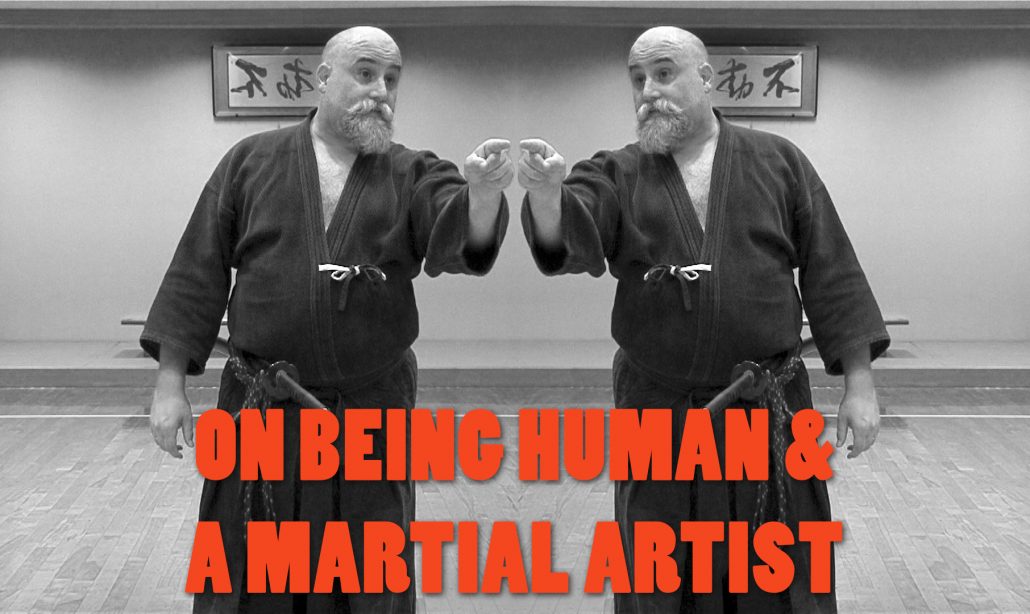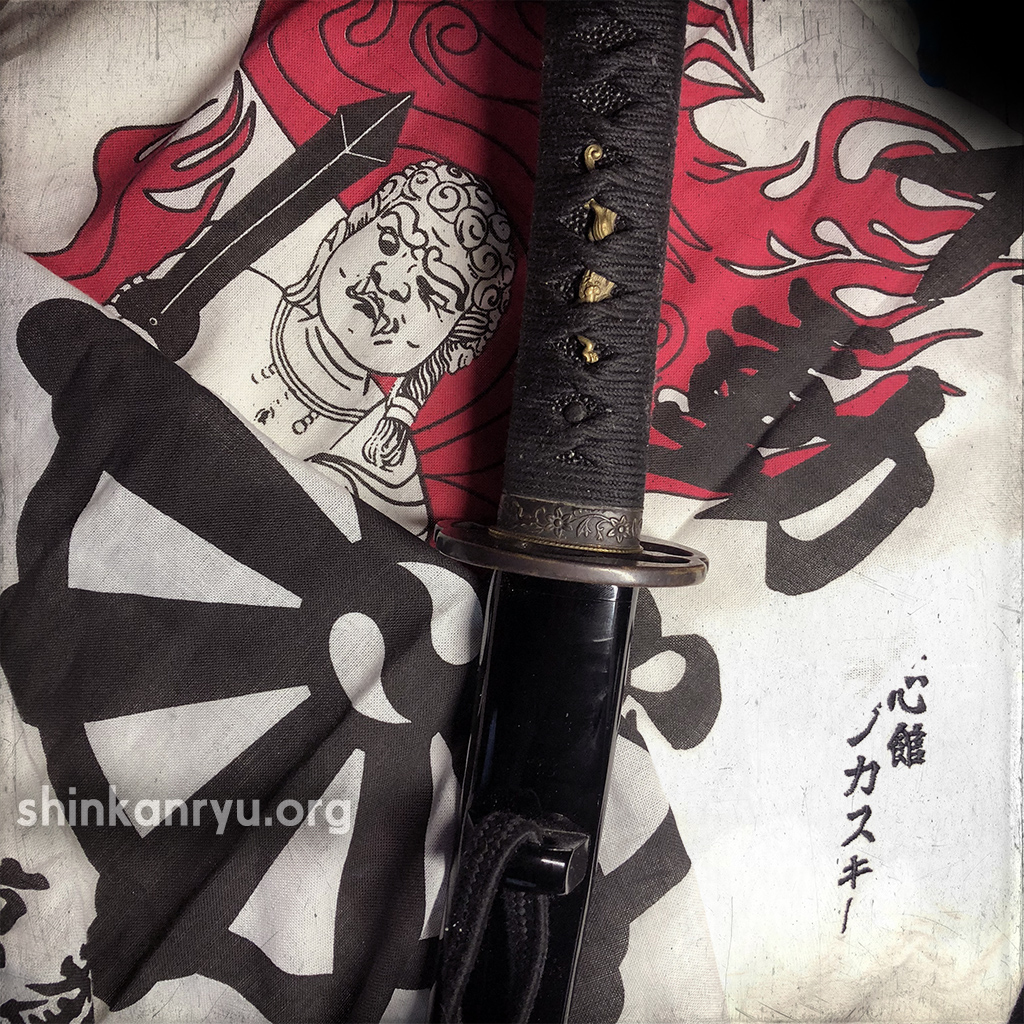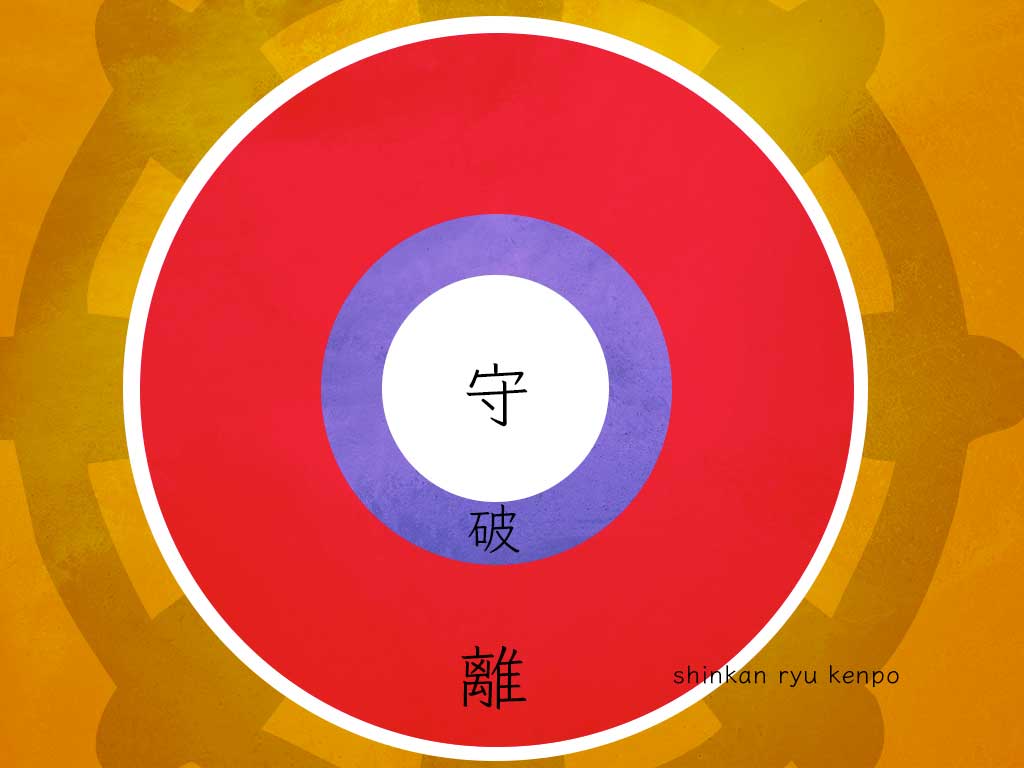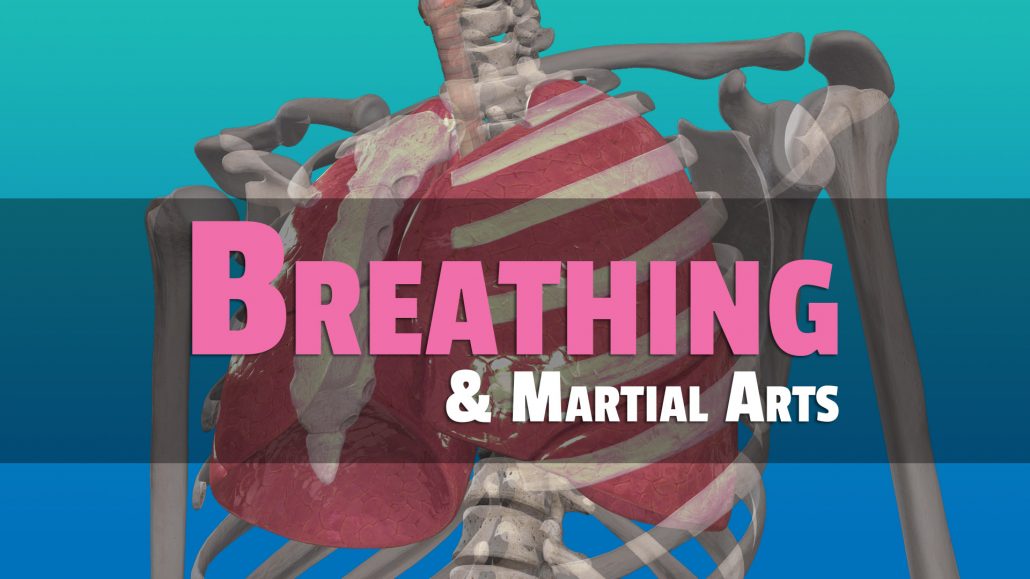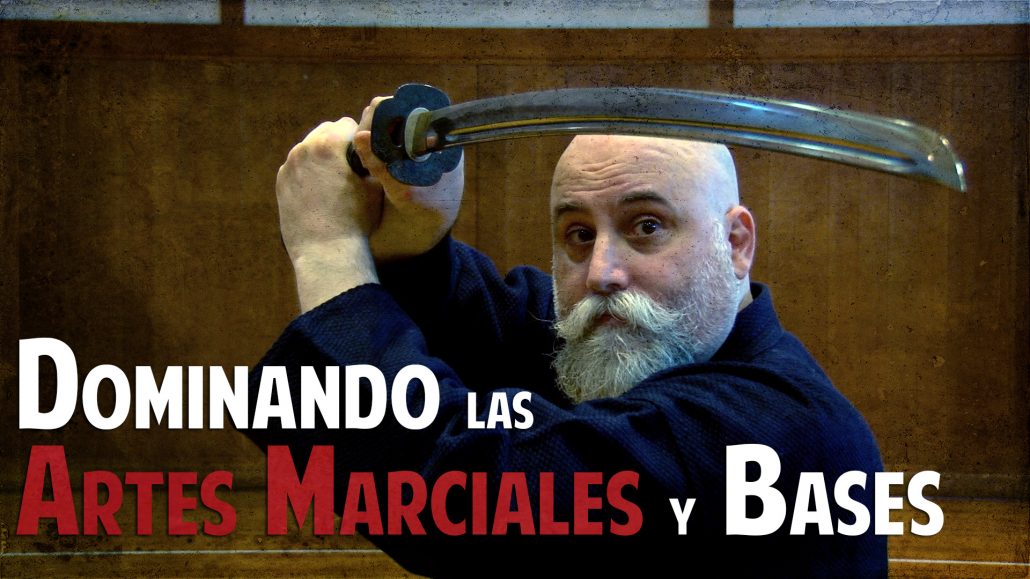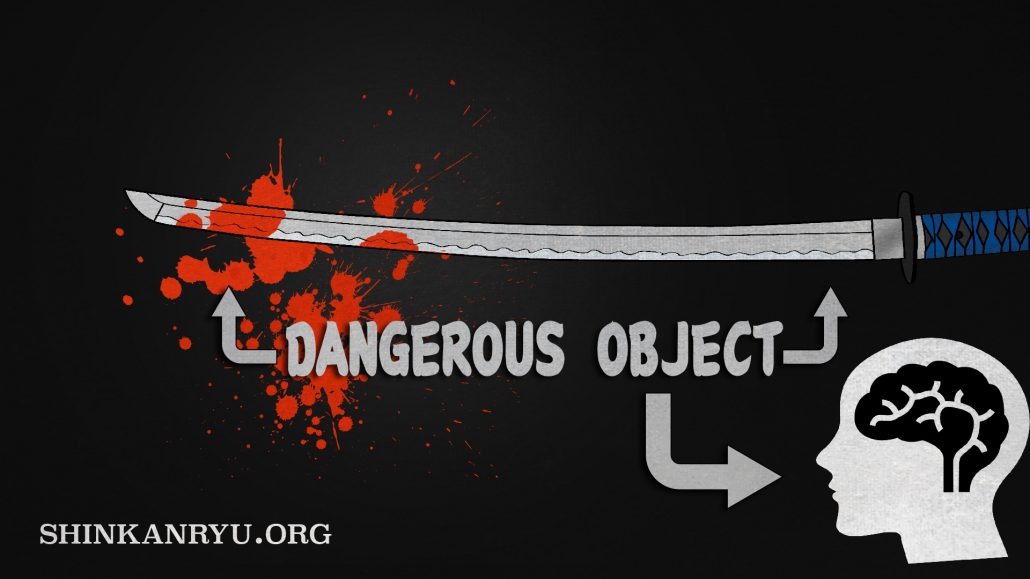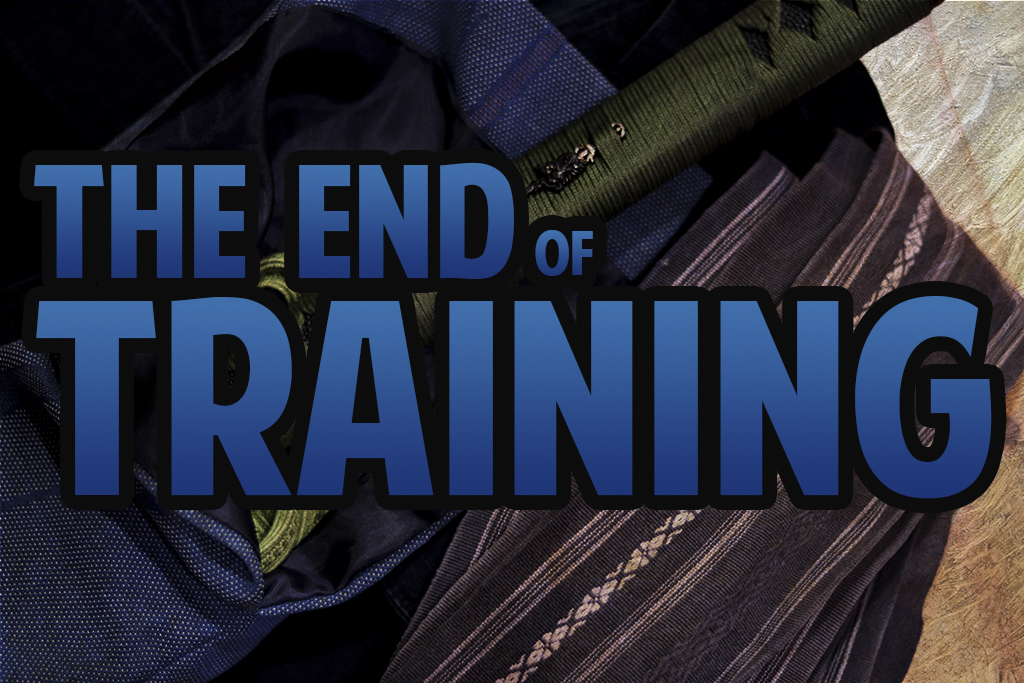What's the difference between bugei 武芸 (martial arts) demonstrations and stunts? People are awed by acrobatics and speed. Flashy techniques in Japanese martial arts have been a way to gain students since at least the early part of the eighteenth century. Ostentatious demonstrations involving speed is nothing new in the world of martial arts, but when is speed essential in martial arts? What is genuine speed vs. manufactured speed?
We have all been exposed to the methods of someone cutting a baseball being thrown at them, or cutting a bb pellet or even an arrow that's being fired at the swordsman. Tameshigiri (test cutting) can also fall into the stunt or showmanship category. Harder to spot for those not well educated in bujutsu are demonstrations where speed is the highlighted ability of the performance. These acts are not true bujutsu. They are samurai theater.
When we view stunts like cutting a bb or, god forbid, slicing a cucumber that's lying across someone's chest, what we usually see is the result of many hours of practice at a single technique and tightly controlled situation. These acts seem astonishing, and we think that the blinding speed and accuracy of cutting a bb pellet in mid-air, for example, can apply to traditional Japanese sword fighting. What we are not witnessing, however, are genuine martial arts.
Some schools enjoy flaunting quickdraws and leaps and spins around the dojo. These acts are in itself fine, but when viewed by ignorant martial artists, or the general public it becomes confusing, and a bit of a misrepresentation of classical martial arts.
You might be exclaiming, "Doesn't it mean something if they are a Guinness World Record holder?" or "Isn't drawing your sword quickly a great talent in iaijutsu? Aren't those achievements?"
Yes, they are achievements, and it is great that someone can hone a skill like that, but only for that stunt or particular skill. People have often asked me what my opinion is of such performers and their feats. I have also seen some schools rise in popularity on social media. Some even banking on the ignorance of the general public outside of Japan. I should be clear; the general public is not referring to these demonstrations as stunts. Although most serious martial artists that I know see it that way. I indeed view them as such, but the majority of the general public seem to consider speed as incredible and an essential skill for a martial artist to have. Speed is necessary, but there is more to it than just being physically quick.
Performing is not demonstrating.
Spectators think of the stunts I mentioned and those performing them as incredible martial artists. I feel that some trepidation and caution is wise when someone does not know about bugei in general or a particular school well, and they try to judge what they see. Most people view a stunt such as cutting a bb in mid-air as otherworldly. It is a matter of creating perfect conditions and practicing over and over. There are also some "tricks" involved to reduce variations that will cause failure in these stunts.
Physically you can set up specific postures that assist in these stunts that people without knowledge might not be able to see or discern. For example, watching someone cut something in mid-air. How mixed is the distance and speed of the object? Is the object being thrown or fired naturally? What you are usually viewing is someone that did something many times in a carefully controlled situation and honed a particular skill within that environment. It is deceptive seeing someone cut an object with a sword. Cutting something is quite readily done. Cutting something correctly and properly requires much more skill.
It is more showmanship than swordsmanship. It's window dressing more than martial arts skill. Hitting a bb in mid-air, for example, doesn't translate into a martial arts skill. Slicing a baseball, apple, or bb mid-air; you never have to be that accurate with a sword in combat. Although some people would like to argue about the accuracy, it is usually from the point of ignorance. Not a single traditional style tries to teach such accurate skill in sword drawing either, and with good reason. It has no real application in the bugei of Japan. In my opinion and experience, if it did matter, then many schools would have adopted cutting small objects being thrown at them.
The Dead Leg Dragging
By spending time honing a single stunt, you are retarding progress in the art as a whole. Speed has its place, but these parlor tricks or stunts do not use speed in the right manner. They use speed for 90% of the performance. Speed can be a little bit of an illusion. When you are doing martial arts with someone; their physical quickness being superhuman is not all that significant. It is the way they use space and time. It can be deceiving when you see a technique performed. You might think it is the speed that makes it useful. There is a point where the exercise to increase speed is not going to be beneficial to your training. Speed is, of course, integral to the practice, but you can take a significant amount of speed out of techniques, and if they are done by someone with a high level of skill, it can still be useful. That can not be said of other components such as the mental-factor, postural alignment, and integrity.
Including some speed, drills are good for training. Although, there is certainly a point where it just doesn't elevate the over-all art at all. What it will do is carve a niche for yourself at being able to perform stunts, such as slicing an object in mid-air. It is an age-old problem of the one-trick pony.
The speed of our reaction is undoubtedly essential. More important, however, is the time in which we use our response, which is part of our overall technique. That is the real psychic skill that you develop over a lifetime of training.
Speed tricks are what they are, tricks. What they are not, are demonstrations of classical martial arts. It is nice that people do cutting demonstrations with a sword. It is excellent that they can do those things. It's good to have decent technique, but it goes beyond merely doing things quickly. There is a point though where you are doing something, and it moves outside of the scope of martial art and into the arena of showmanship.
I think we need to be careful of the lines between martial arts and stunts.
Don't be blinded by that kind of showmanship or fancy technique. In the end, this stuff doesn't help or elevate the practice. It merely draws in crowds and applauds from people that do not see it for what it is. It is vanity.
Performing stunts does involve skill. When you see someone cut a bb with a sword, you might feel the need to study swordsmanship and go down the same path, thinking that's what Japanese martial arts are like. What you will realize if you study traditional martial arts is that it's not part of the training. Let us say that you learn 50 or 60 techniques. You learn all the waza in your school. Then what happens? You're done, so what do you do next? Should you move on to the next martial art system? Do you start playing around with stunts? You might become bored quickly and start venturing out on the path of stunt work. This might be ok, but it should be done with a complete understanding of what you are partaking in. It is indeed not a path I would personally take. In traditional martial arts, time should be spent refining the physical and mental techniques of the school.
Ignorance breeds like rabbits
After explaining this idea to a YouTuber with a huge subscriber base, they said to me, "Speed matters most!"Yes, I agree that it appears to be a truism. Speed certainly factors into things; however, it's just one component. In stunts involving martial arts, it is usually the speed that is showcased prominently and what titillates the audience most.
Other components of the technique are spacing, timing, reactions. If we are talking about someone coming at us with a sword, we either defend purely, or we parry or strike just before they do. We need to be able to read the partner. We are not just talking about a sword moving from point A to point B. Speed is essential to get the sword out, but the spacing is going to matter, timing is going to matter, and the ability of our reaction is going to matter. Our state of mind is the most important.
Pure physical speed is just one facet of the martial arts. The problem with speed is that it can appear beautiful when executed within these stunts; however, it is one small piece of the puzzle. If you're admiring the speed and thinking its the end all be all of the martial arts, then it can become a hindrance.
There is a popular school on Facebook and Youtube claiming to be koryu. Some Japanese martial artists have gone to Twitter and their blogs arguing if that school is legitimate or not as it claims to be. The true issue, I believe, is the almost constant upload of techniques performed with speed as the highlighted virtue, and how the ignorant eat it up. It is, of course, done while dressed with all manner of swords and fans thrust through their belt that make it seem like they are doing something authentic. I have no desire to take away from them, but I do wish that people have a better understanding of stunts and martial arts and their differences.
When people without proper training look at the techniques, they do not see the disconnection of the sword and body that shouldn't exist in bujutsu. There is a genuine issue when you practice martial arts without a good connection through your body. Flailing your arms is weak and inefficient. That's the facts of martial arts you can not escape. What is the point if you can draw your sword as fast as you want but when it's not connected to your body correctly? Is it useful to move into strange and unbalanced positions after the fast-draw? It is just samurai theater.
People are drawn to exotic looking postures and gestures. Something that appears intricate and quick in martial arts has a cool factor, and people are attracted to it. If you enjoy such training and find it fun, then have at it. Just don't fool yourself or anyone else that its more than what it is. We should, however, have a keener sense to know what is and isn't good movement in bujutsu. The school, as mentioned earlier, deletes all polite posts by Japanese martial artists calling attention to the facts of non-connected movements as well. If you want to prance around and feature speed as your asset then you should own it with your full heart.
It appears to me that the less intricate and more straight forward classical arts receive less attention and interest. That's a little sad, I think. We all have our preferences of course, and it's ok if you want to flit around like a hummingbird and believe speed matters most, but you should do so with an educated perspective. This issue also happens in schools and training. Fundamentals seem too vanilla, and there is a desire to do more cool looking forms, or even worse use speed before the technique is refined enough. It doesn't matter how much lineage a school has. What matters is that you're being instructed in proper basics that will help build a fitting martial art technique.
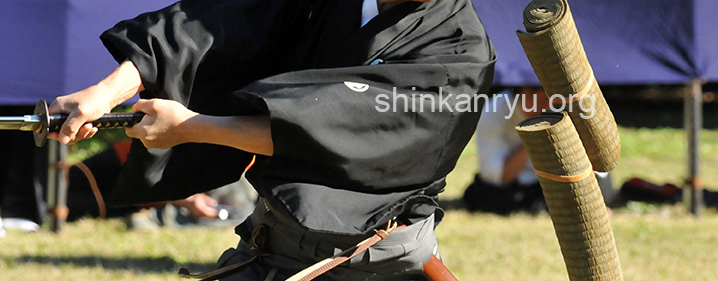
Hack & Slash
Things like test cutting (tameshigiri 試し切り) look cool. Cutting the same rolled tatami a few times certainly takes time to practice and perfect. There is a skill to understanding the angle of a cut which translates directly into swordsmanship. However, someone doing only that and hanging their "skill" on the fact that they can do things quickly is not martial arts. It is not authentic swordsmanship. Trying to get through multiple piles of rolled mats is a gag and not relevant to training. We shouldn't be training in one component with such a narrow scope.
Training to punch rapidly or draw the sword quickly has its limits. These actions need to be put back into the functions they serve. Someone can practice drawing a sword with speed. That physical speed soon reaches a threshold, however.
I was asked if many years of cutting a bb translate into swordsmanship training well. I answered that I don't think it does translate effectively. If you practice over and over to cut a flying object, you will have success at cutting that object. There is a small by-product of becoming faster at the technique's execution speed, of course. However, some of these things are merely used as stunts and should be viewed as such. It certainly takes skill to learn to do any trick, but there is more to martial arts than tricks.
I applaud the practice time put into working on stunts. I do not begrudge anyone their speed or stunts. The performer does, I believe, need to take some 'blame' for promoting things in a certain manner. The viewer as well needs to separate better what martial arts are and what stunts are. In the end, the people priding themselves on these stunts do have a responsibility to the art as a whole if they want to keep their more traditional arts be taken seriously.

ラジカスキー真照
館長Saneteru Radzikowski is the head sword instructor of Shinkan-ryū Kenpō. He lives and teaches Iaijutsu and Kenjutsu from Nara, Japan.
Study The Self. Learn The Sword
Learn the sword or budo and learn of yourself. Learn about yourself to learn budo....
Ranks, Respect, and Reverberations: Navigating Today’s Martial World
In the hallowed path of martial arts, the journey has always been as significant, if...
Ken Zen Ichi Nyo Sword & Zen Are One
剣禅一如 The sword and zen are one. The mind of zen is an important consideration...
Son lo Mismo las Habilidades de Combate y las Artes Marciales?
Porqué hacer la diferencia entre arte marcial y habilidad de combate? Pienso que las habilidades...
Budo Thoughts: Practice is life.
Practice is life. Life is practice. Enjoy them together. Enjoying morning keiko outdoors. The smell...
Reflections on 31 Years of Martial Arts and 8 Years of Shinkan-ryū Kenpō
不動心 (Fudōshin) – The Immovable Mind As I mark 31 years of practicing martial arts...
Bushido Chūgi The code of Loyalty
Loyalty is one of the shining points in any list about the virtues important to...
Basic Blocking In Kenjutsu
Please enjoy this informational budo video about sword blocking in classical Japanese kenjutsu. https://www.youtube.com/watch?v=_NfMrHpeGKM
Are Combat Skill, Self Defense & Martial Art The Same?
Why make the distinction between martial art and combat skill? I believe that combat skills...
How to learn kenjutsu?
How to learn kenjutsu? Learning anything as profound as a martial art needs a teacher....
What is true budo?
Studying the arts of fighting leads to peace. The pursuit of martial arts has one...
Tachi Iai & Suwari Iai Demonstrations
[fusion_builder_container hundred_percent="no" hundred_percent_height="no" hundred_percent_height_scroll="no" hundred_percent_height_center_content="yes" equal_height_columns="no" menu_anchor="" hide_on_mobile="small-visibility,medium-visibility,large-visibility" status="published" publish_date="" class="" id="" background_color="" background_image="" background_position="center...
Bujutsu Centering
When practicing bujutsu we should always work on being centered. For non-practitioners, it is also...
A Very Budo Christmas Happy Holidays & New Year
Happy Holidays and Happy New Year to all of you that were kind and supported...
Practice. Time Is Fleeting
In #budo as well as life, in general, we should avoid wasting time. We need...
On being human and a martial artist
It is difficult to wind through the brambles and thorns of life. It is impossible...
Be Thankful.Be Earnest In Bujutsu & Life
Be thankful for your mistakes, failures, and blunders. They are your own teacher reminding you...
Shu-ha-ri Budo Learning
Martial Arts Breathing
The spirit of the sword is the breath. Breathing Physiology What’s so crucial about martial...
Dominando las Artes Marciales y las Bases
Hablaré acerca de bases y dominio. Antes de comenzar, quiero decir que usaré la palabra...
Playing With Sharp Swords
I have been saying it’s important to get training for using a sharp sword or...
The End of Training & Boredom In Martial Arts
Budō Is Limitless When does training end? When do we become a master? The short...


